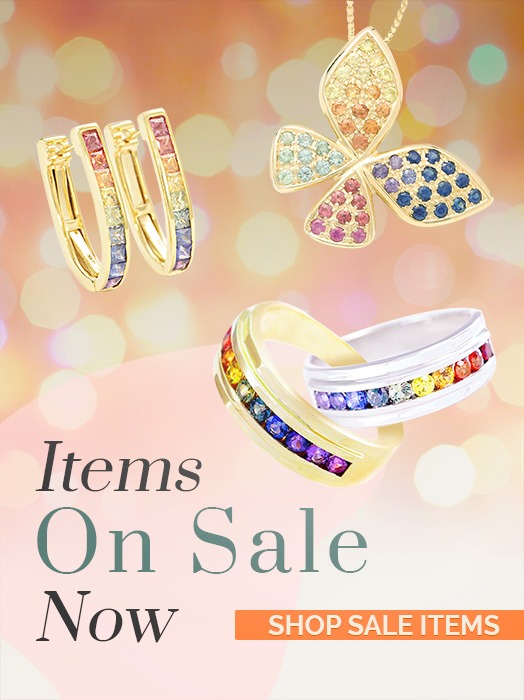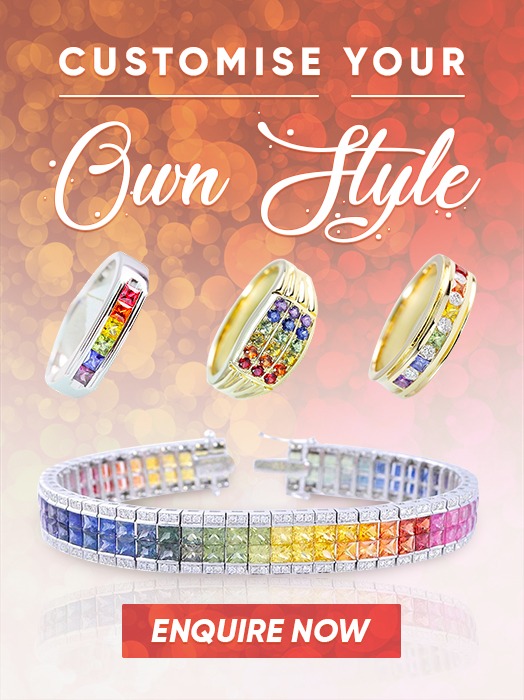Sapphire is naturally mined, although there some incidents that it’s grown in a lab using a chemical method called the Verneuil Process after a French Chemist Auguste Verneuil who developed it in 1902. This method has resulted into this precious jewel being manufactured in large quantities. Although it should be pointed out that the gemstone has also some industrial use.
One of the most vital sources of natural is Australia and Madagascar, although various varieties can be found in deposits all over the world. The gemstone is a form of a mineral known as corundum, with one essential caveat: A sapphire is only one sapphire unless its hue is red, when the name changes to ruby. In fact there is one more stipulation to the rule- in the case of a pinkish-orange variety of corundum called padparadscha.

Sapphires come in all types of colors whose determination is by the quantity of impurities found in them. Elements such as chromium, iron and titanium all assist towards moving the color of the otherwise transparent mineral to a large array of colors such as yellow, pink, green, orange and the well known blue type. Sapphires can also be realized in tones of grey and black.
Sapphire actually a hardy stone, its melting point is higher than two thousand degrees. It’s also known to be infusible and insoluble. Its hardiness is at five times the one of glass and the good news is that it’s resilient to scratching and as such has many practical applications other than for use in jewels such as sapphire rings.
Whilst sapphire is a highly looked after gemstone in the decorations sector- being used for things like bracelets, rings and pendants it’s other uses includes in electronics and construction. The first laser ever made was with a rod of synthetic ruby (the red type of sapphire).
A star sapphire is so given this name for the reason that it appears as a star-shaped pattern offers its presentation when it’s lit by a single top-down light source. This pattern is the result of a process which is known as an asterism. It can be gotten some types of gem, in star sapphires they are because of intersecting needle-like impurities.
Natural sapphire is generally more costly than the artificial one as they are obviously rarer, the problem however is the ability to tell the difference between natural and synthetic sapphires without help of an expert. The cost of the sapphire gems used in jewels actually depends on several factors with an inclusion of color, clarity, size, cut and quality. As told above, sapphire jewels exist in a large range of forms as with any precious gemstone. Highly popular are sapphire rings such as eternity and engagement rings. The blue one is the most valued and often getting a higher pricing in markets all over the world. Sapphires in the shade cornflower blue are also highly prized and valuable, known as the 'Kashmir Sapphire' or 'Cornflower Blue Sapphire'. The pinkish-orange corundum padparadscha however can fetch higher prices than even the finest blue sapphires.




